AARP Hearing Center

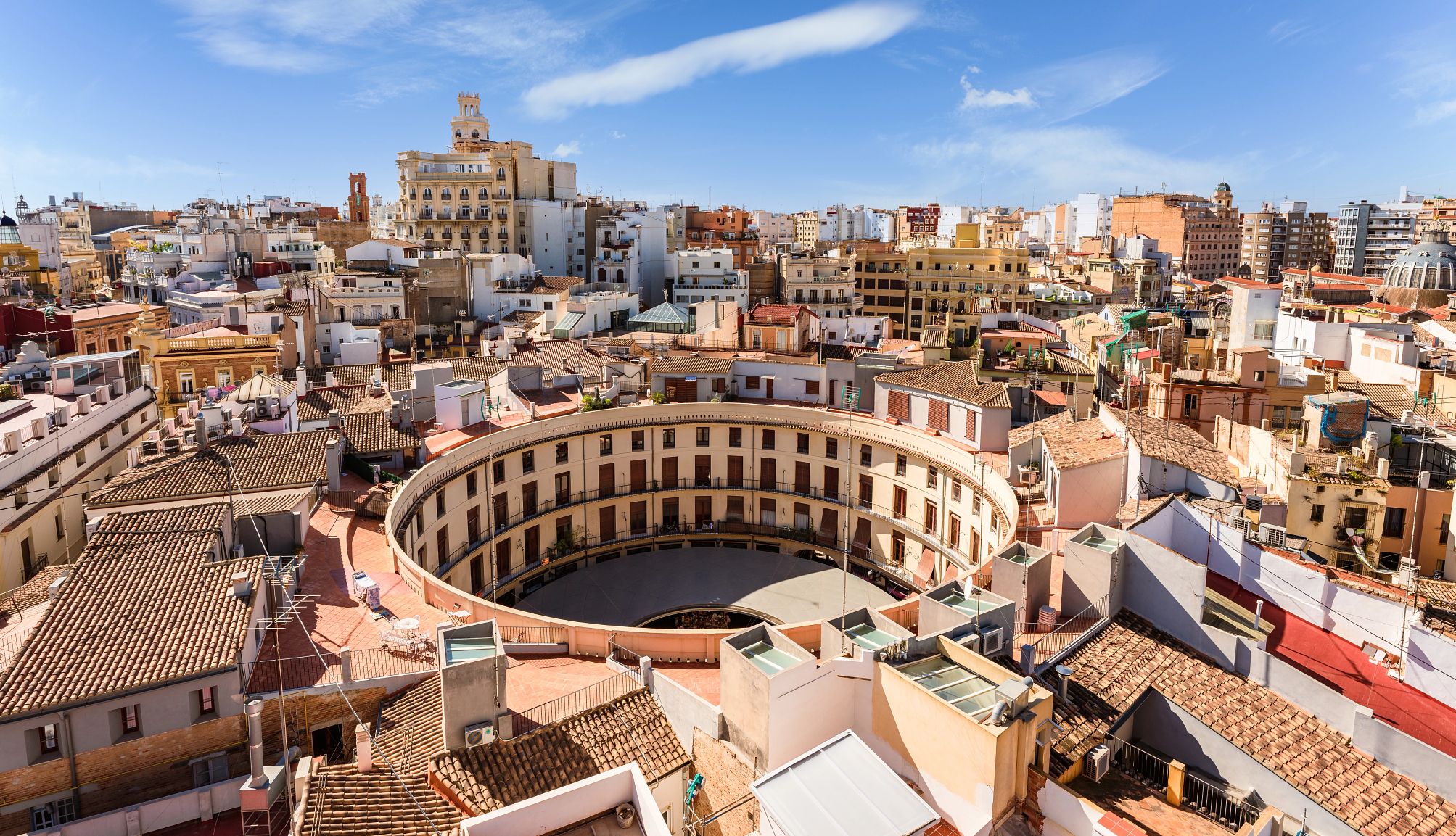
When we ask Kathleen Peddicord, founding publisher of Live and Invest Overseas, what makes a great international retirement destination affordable, she turns the question around.
“The way I think about it is, there are loads and loads of places that are affordable,” she says. “The challenge is to find a place where you can live cheap that's also a really great place to live.”
Peddicord knows this territory — or territories. The Baltimore native has lived and worked abroad for more than 30 years, in multiple countries. (She currently splits time between Paris and Panama.) Her company, founded in 2008, publishes online guides and other resources on living, retiring and buying property in more than 40 countries and evangelizes for the idea that Americans of all ages can live well for less abroad.
“Most Americans who consider moving overseas in retirement do so for budgetary reasons,” Peddicord says. Choosing the right destination for you “comes down to, once you're there, what are you going to do all day? Really start there. What are you going to do that's going to make you excited about getting up each morning?"
Her latest book, At Home Abroad: Retire Big on Little, written with Live and Invest Overseas editorial director Sophia Titley and senior editor Victoria Harmer, gathers firsthand stories from Americans living around the world. We asked Peddicord to name her top affordable retirement destinations and spoke to her and Titley about what makes them great.
Selections are listed alphabetically. The budget estimates, compiled by Titley at AARP’s request, include the average monthly cost in each destination for rent and utilities on a one-bedroom apartment, two public transit passes, internet and cell service for two, basic groceries and entertainment.
Abruzzo, Italy

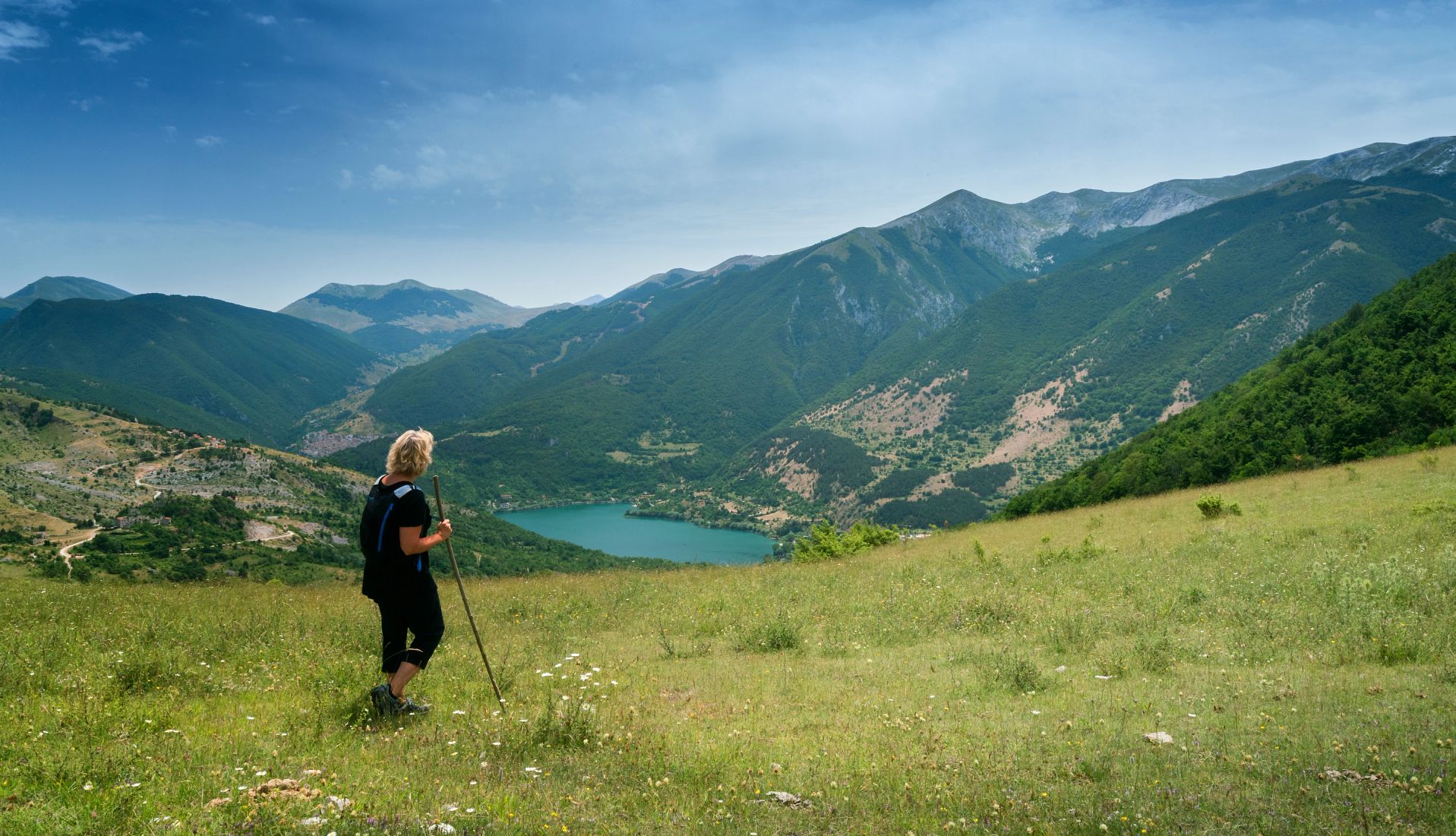
What it is: Rustic region of Southern Italy between the Apennine Mountains and the Adriatic Sea
Estimated monthly budget for a couple: $1,330

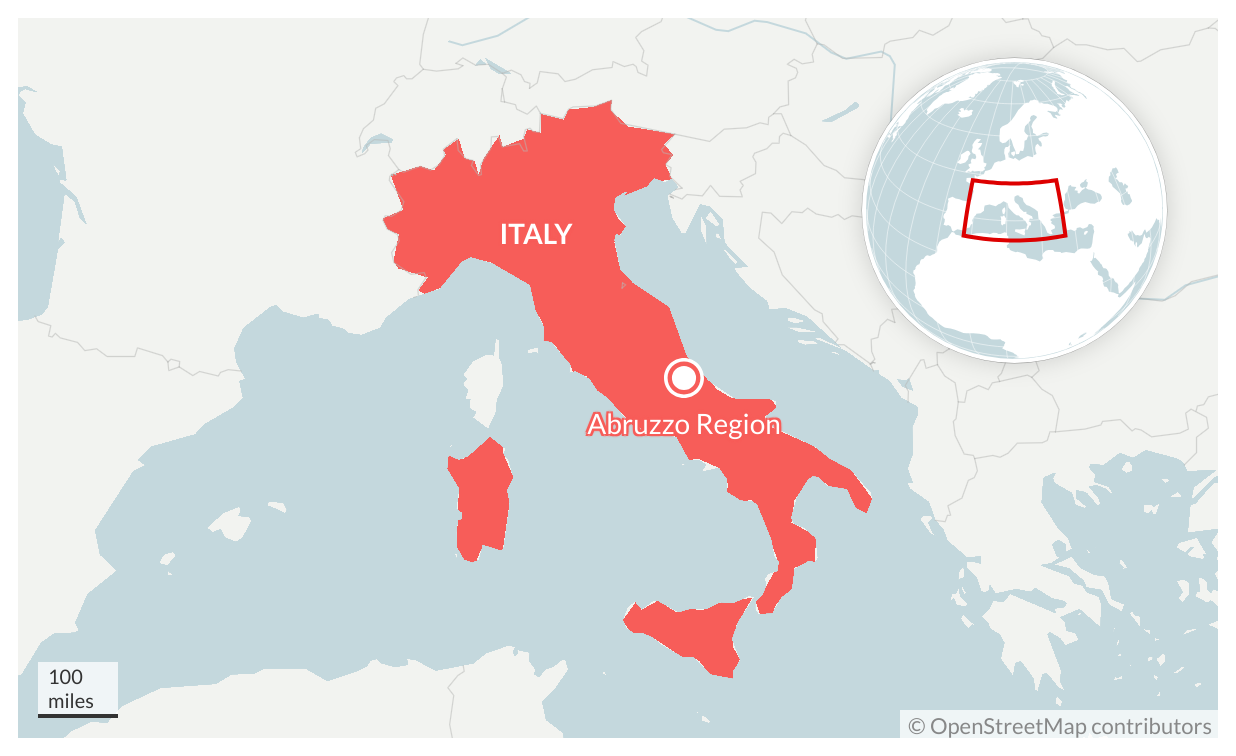
Why to retire there: “A lot of Americans dream about retiring to Tuscany or Florence, and that is a part of Europe that is probably beyond most people’s budgets,” Peddicord says. “Abruzzo’s hook is that it is straight-up authentic Italy, but a bargain.”
Touted as the greenest region in Europe with three national parks, 30 nature reserves, and dramatic mountain and coastal scenery, Abruzzo has “something for everyone,” Peddicord says. “It’s kind of a cliche, but you can ski in the morning, swim in the afternoon.” There are beach towns, medieval villages, famed wine (it’s the home of the Montepulciano grape) and, with the region’s deep agricultural roots, “the best of fresh food from Italy.”
Potential drawbacks: “You have to learn Italian. It is very local Italy,” Peddicord says. While regional officials are trying to attract foreigners with tax incentives and cheap property, “you might have to work hard to integrate with the community.” Health care infrastructure in southern Italy is also less developed than in the more affluent north. You may need to travel if you have major medical needs, such as a chronic condition.
Boquete, Panama

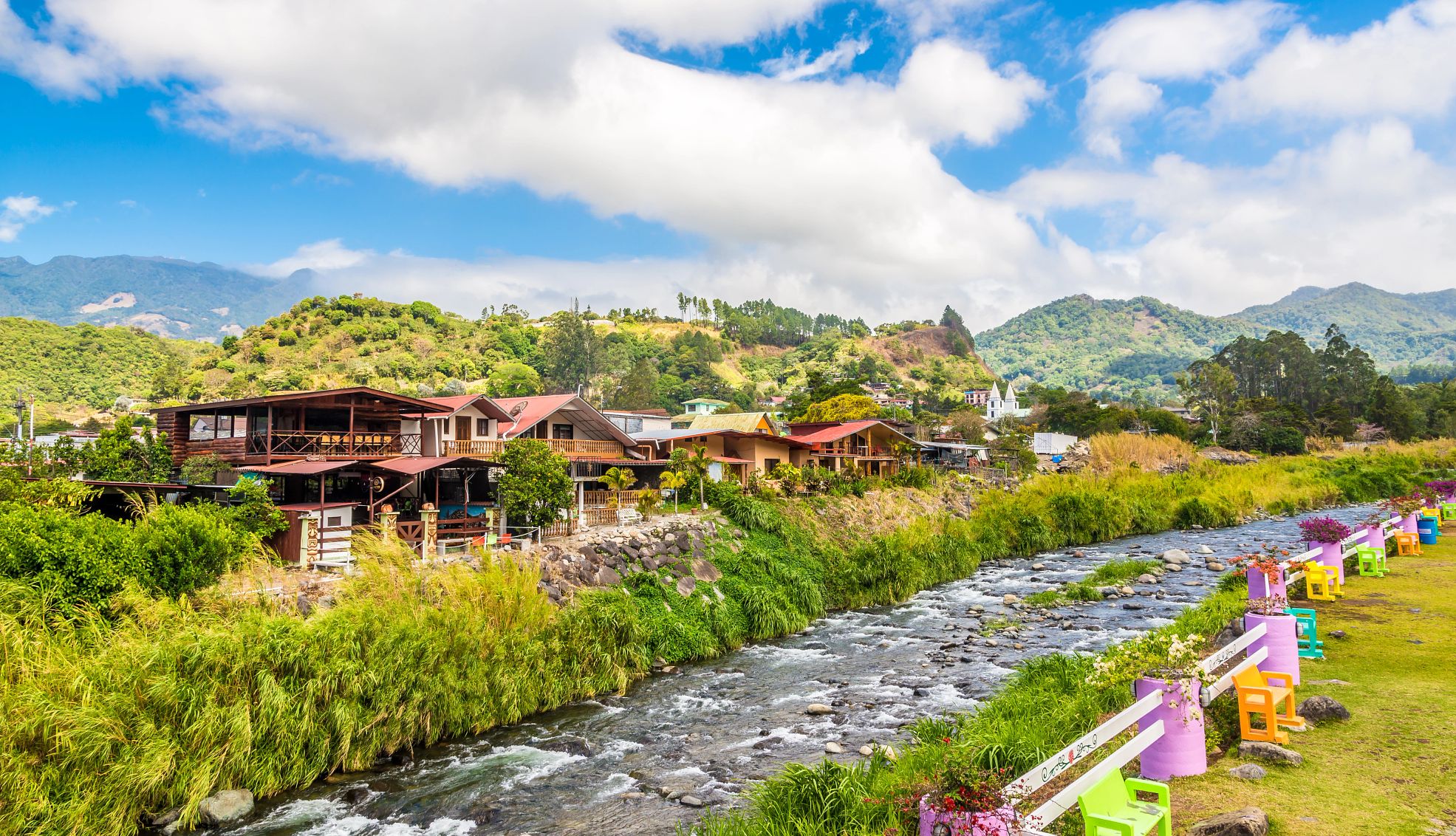
What it is: Town of about 23,000 in western Panama with a well-developed expat community
Estimated monthly budget for a couple: $2,010


Why to retire there: First, “it’s Panama, and Panama is a safe haven,” Peddicord says. Panama uses the U.S. dollar, so there’s no currency-exchange risk. Health care is world-standard (especially dental care, which draws medical tourists). And because the Panama Canal is crucial to a functioning global economy, “Panama is the closest thing I know to a recession-proof country.”
Second, Boquete is in temperate, mountainous western Panama. “For a lot of retirees, being down at the coast is just too hot and humid,” Peddicord says. Panama City, while also popular with expats, “is a boomtown,” she adds, full of noise, traffic and construction. “In Boquete, you’re removed from all that.”
Potential drawbacks: Befitting Panama’s low barrier to entry for older expats, Boquete might strike some as “overly touristed and overly gringo-fied,” Peddicord says. “There are, I think, more foreign retirees in Boquete than local Panamanians. It’s not a typical village anymore. It’s something else, and that’s not bad, [but] it might be unexpected.”
Braga, Portugal
What it is: City of about 150,000 in northern Portugal
Estimated monthly budget for a couple: $2,010

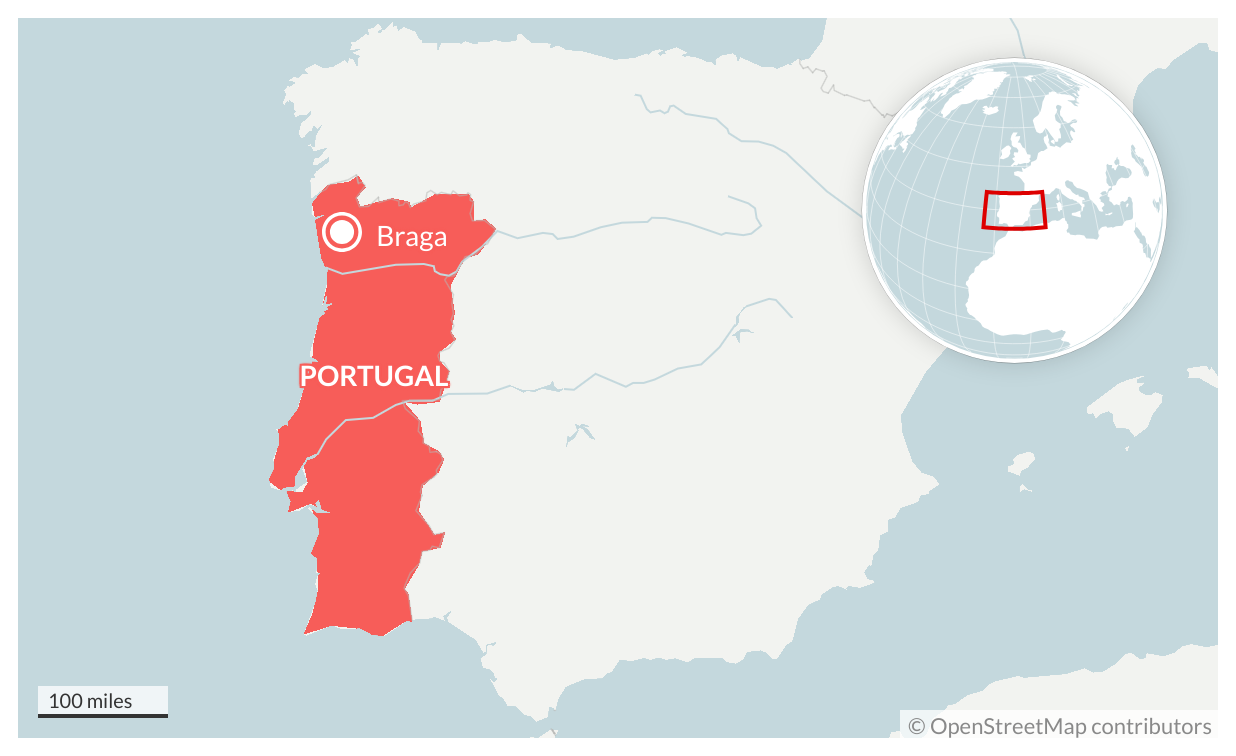
Why to retire there: Lisbon and the Algarve in southern Portugal have become buzzing hives of American retirees in recent years, but this provincial northern capital “isn’t really on the radar as much,” Titley says.
“It's got that dense, walled-city appeal that you find in some Old World destinations, this compact area full of restaurants where you can sit on the terrace and people-watch, go shopping, have a coffee,” she says. “It’s a really atmospheric, nice place to spend time.”































































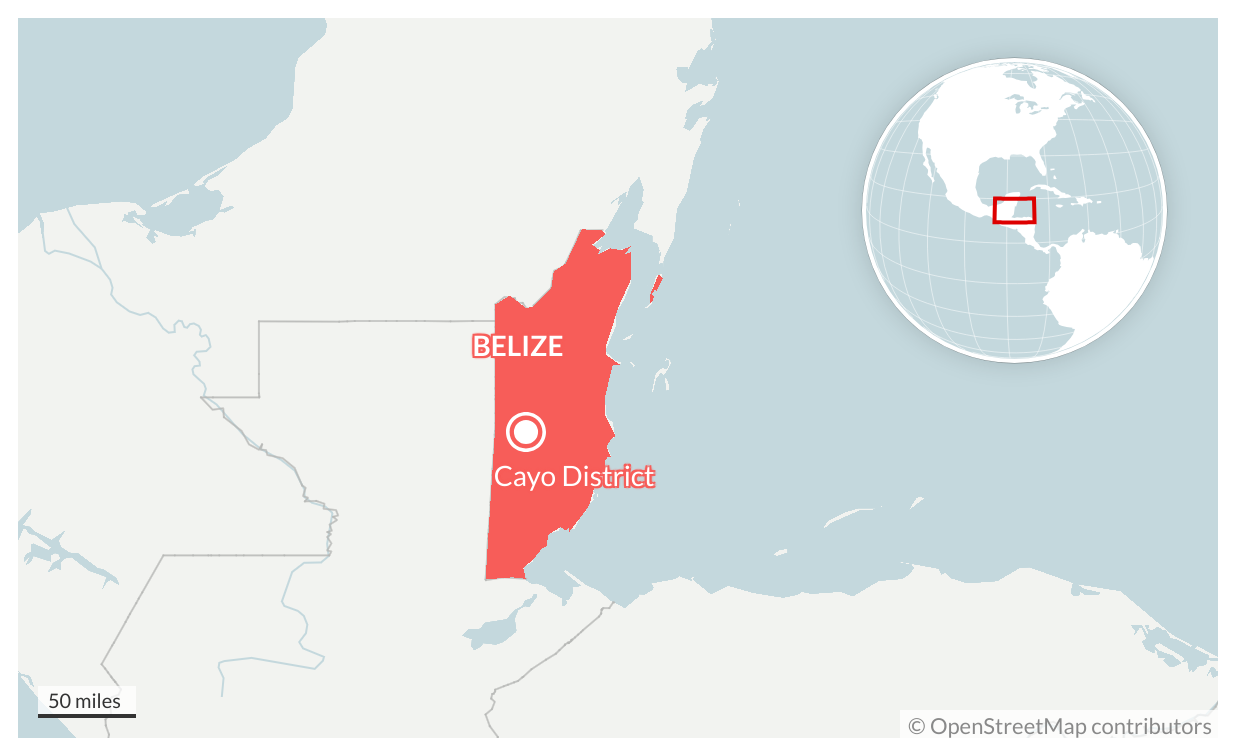

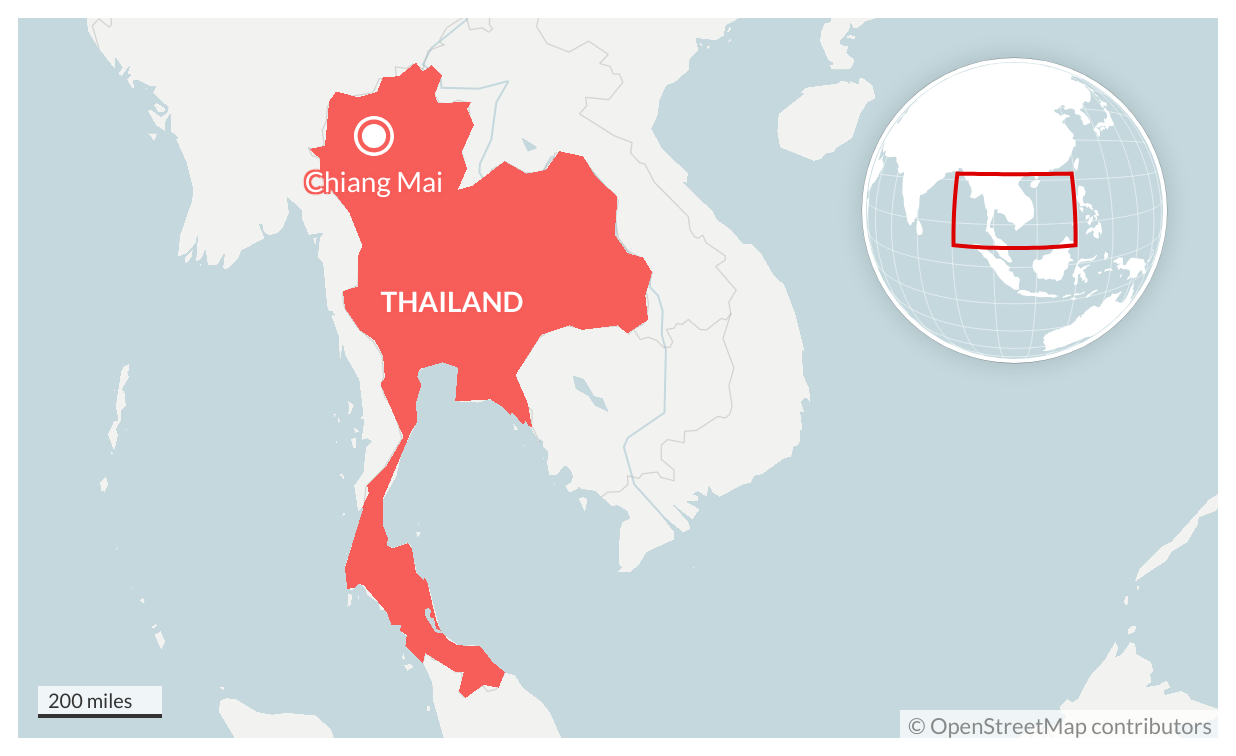
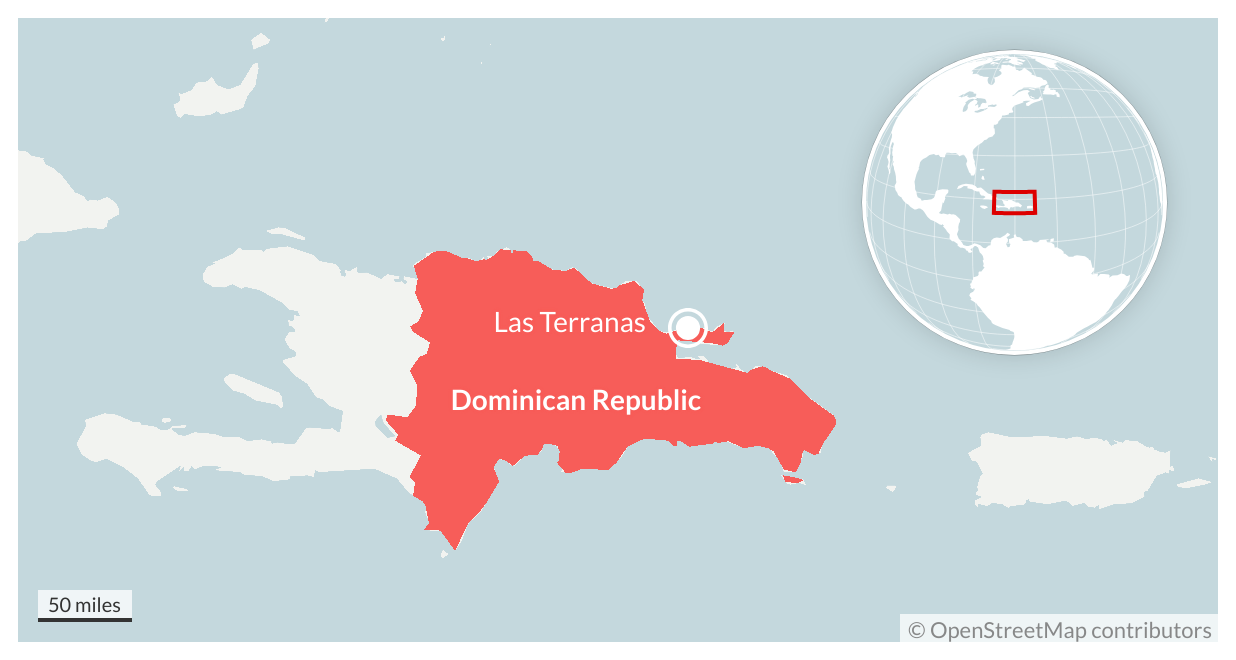


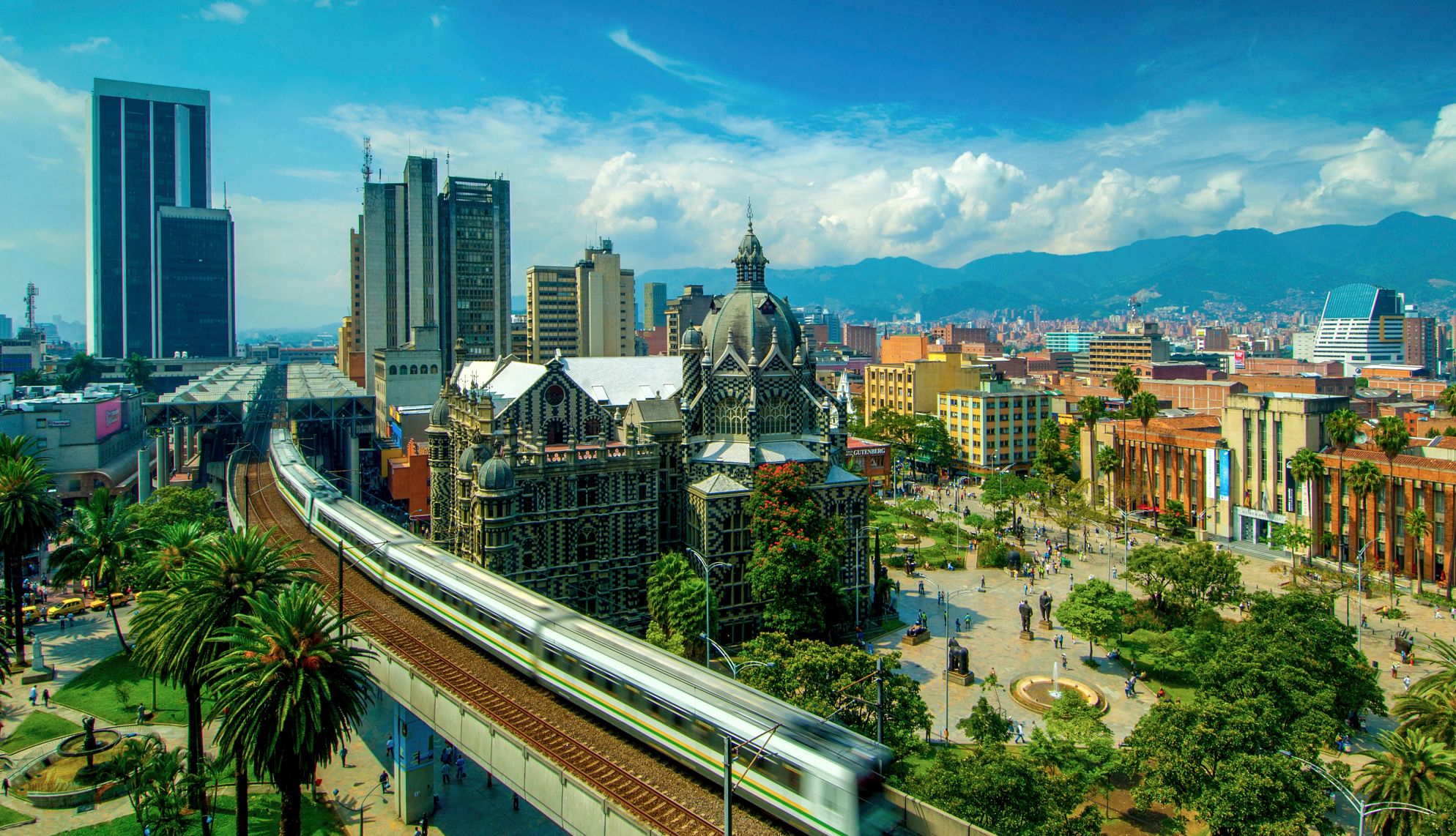
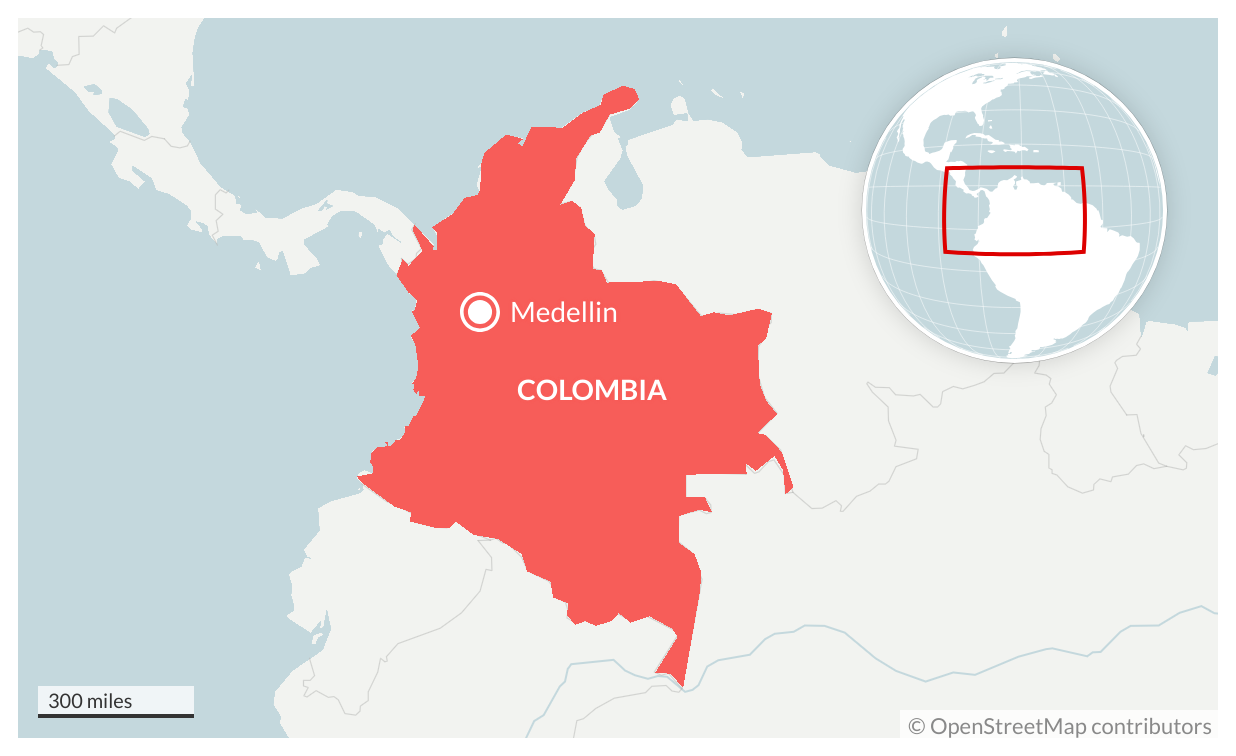
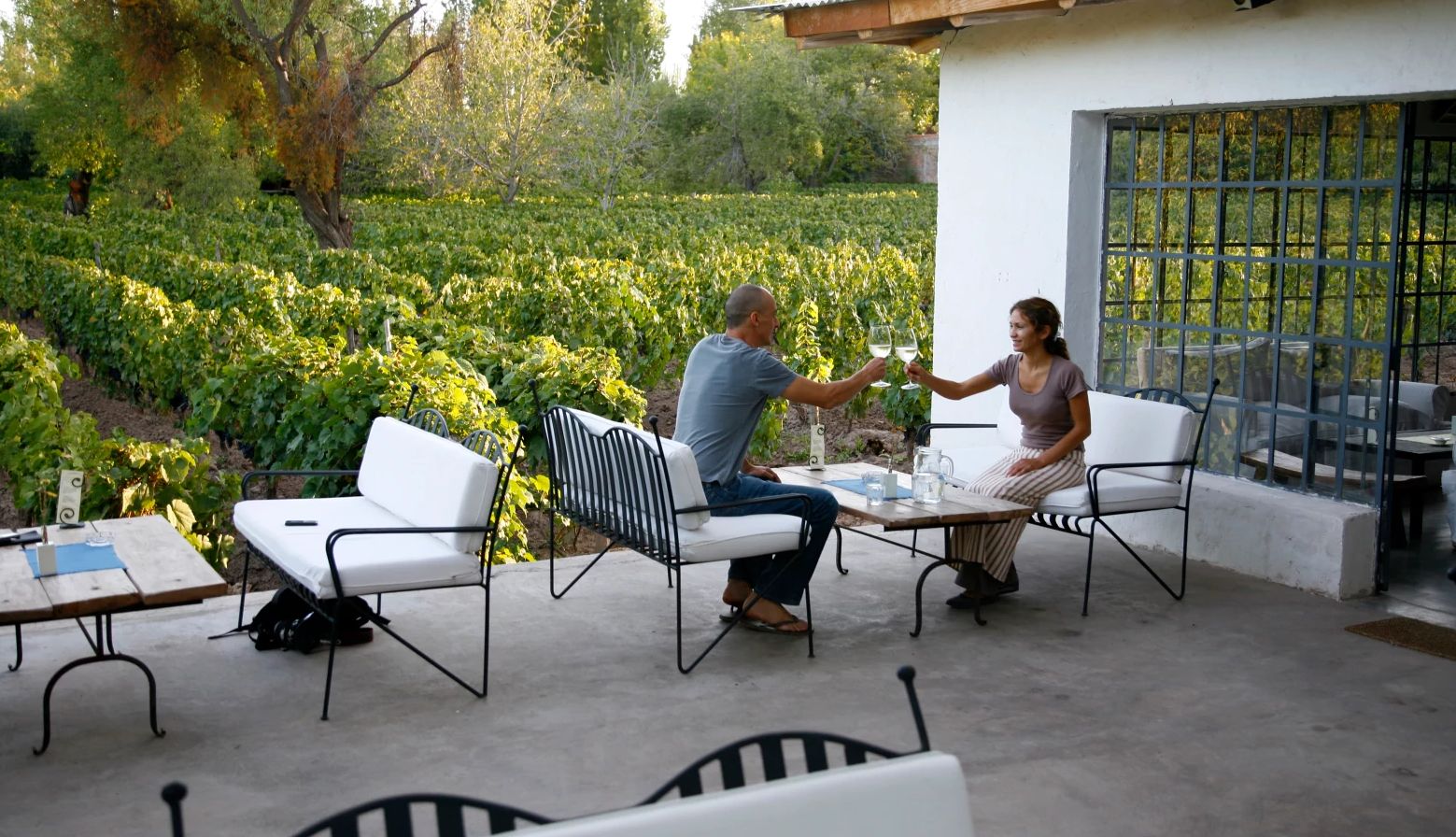
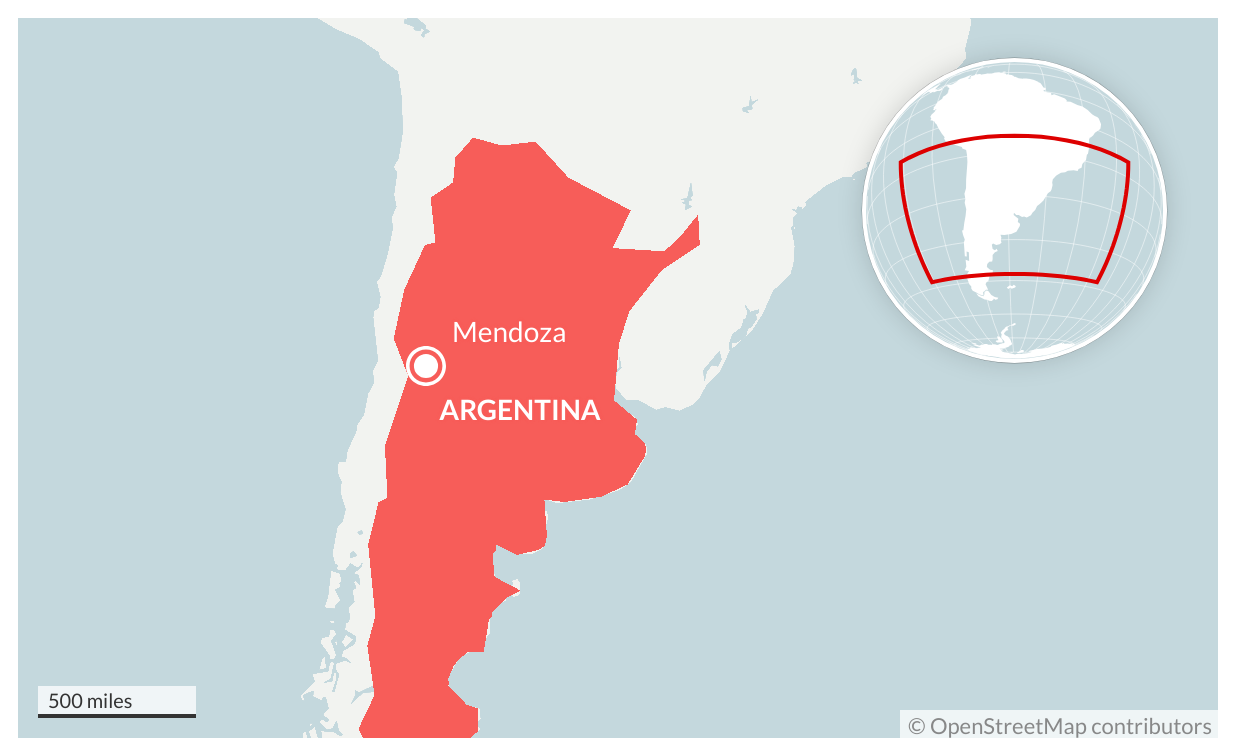
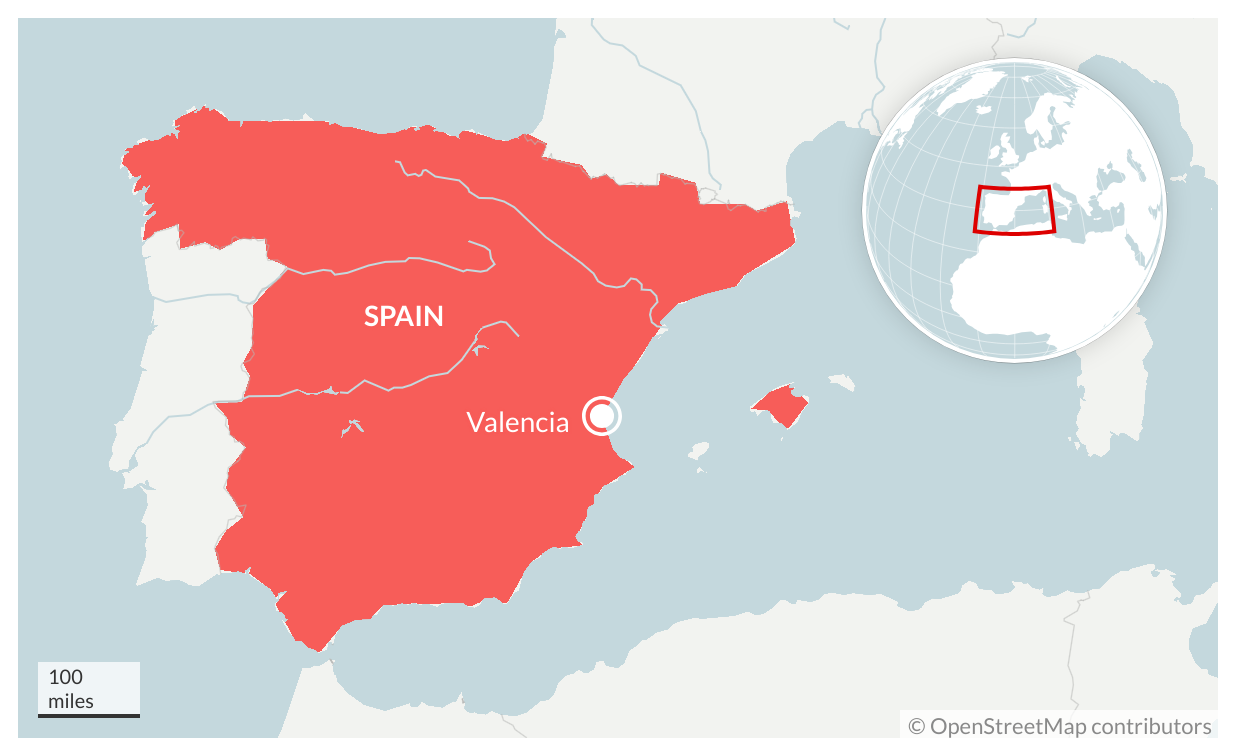

More From AARP
Retiring Abroad? Make Plans for Handling Your Money
What older expats need to know about banking, taxes and more
AARP Smart Guide to International Travel
Everything you need to plan your trip abroad
8 Places to Retire in Europe
The basics on getting residency, health care and more